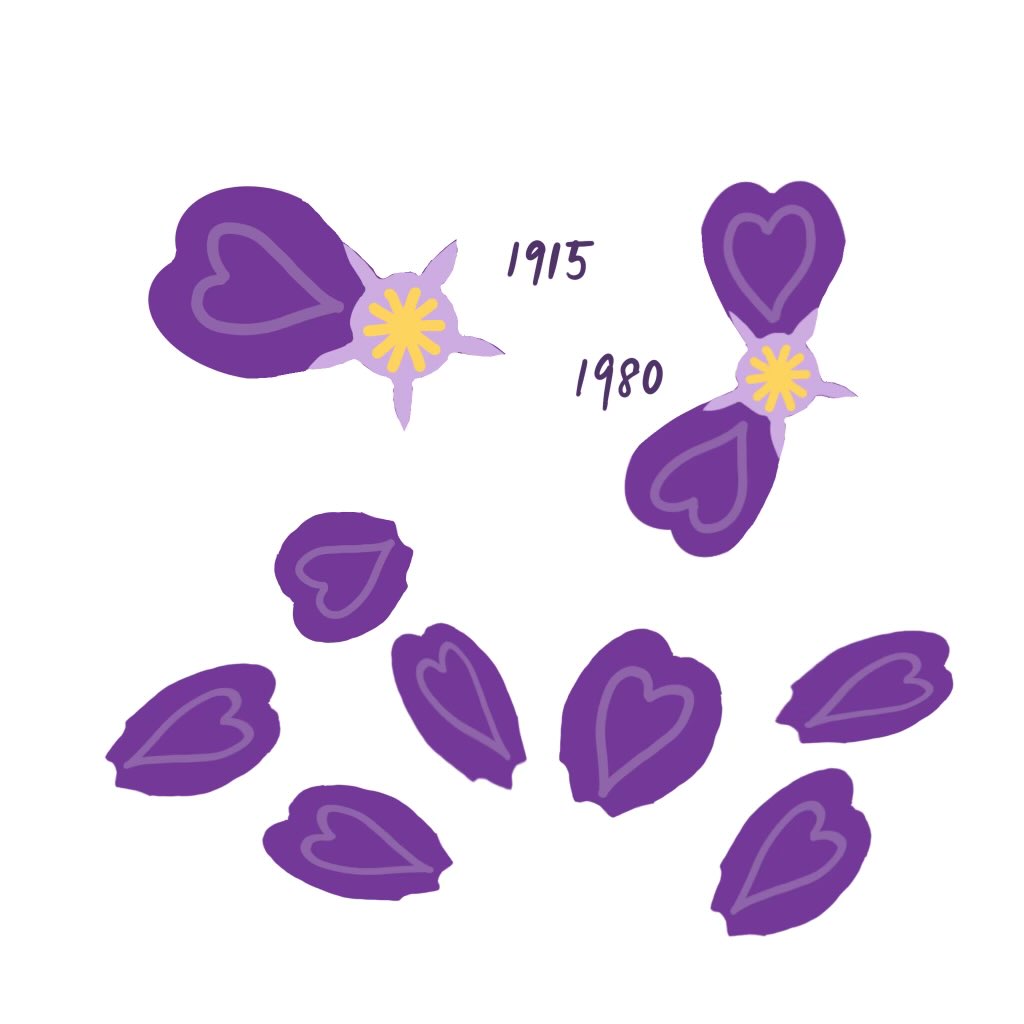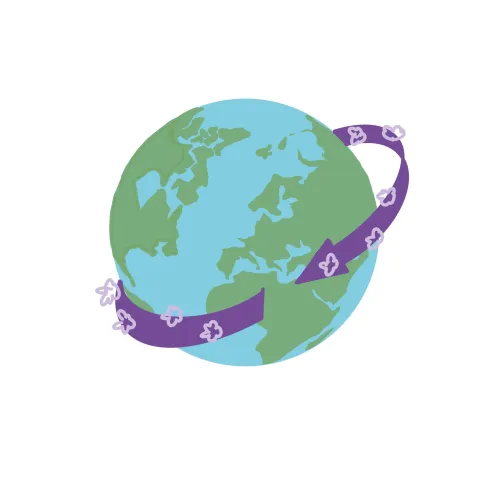Conflicts over religion and heritage amongst different peoples continuously plague the Greater Middle Eastern area and incite conflict. The Armenian genocide is one such example.. The first wave of ethnic cleansing took place from 1915 to 1921 during the end of World War I, by Turkish Muslims seeking to eradicate Anatolia from all Christian influence. In 2023, the second genocide occurred due to an Armenian and Azerbaijani dispute over land. Though over a century passed between both massacres, the two conflicts present similarities and differences indicative of geopolitics on a micro and macro scale.
The First and Second Armenian Genocides contain many similarities, especially in regard to land and resources. With the impending collapse of the Ottoman Empire, the Turks sought to reclaim the maximum amount of land and maintain Islam. However, the presence of Christians threatened this goal, so the government implemented the systemic ethnic cleansing of Christians in the area, notably Armenians. They could not defend themselves with minimal resources and aid and were forced to flee. Similarly, geopolitical tensions fueled the second genocide, committed by Azerbaijan in Armenia, which has been fighting over the Nagorno-Karabakh region since the end of the Soviet Union. Once again, Armenia suffered from a lack of resources and aid. With Russia backing Azerbaijan, its military force dwarfed that of Armenia’s.
While both genocides contain similarities like Armenia’s resources, they are also very different. The technologies at the time of each massacre, as well as foreign aid differentiate the First and Second Armenian Genocide. At the time of World War I, military technology had not advanced to nuclear warfare, or even air combat for the most part. This meant most violence was not documented, and Turks were able to produce a false death toll. This toll is still rising as historians uncover more mass graves. Currently, nuclear weaponry and fear of mass destruction mean that violence, while indirect and more deadly, is much slower and more calculated. Due to this, the death toll in the Second Armenian Genocide has been significantly less than the First. Moreover, in the First Armenian Genocide, the Turks and Armenians were largely on their own and did not have much help from any alliances. However, currently, Azerbaijan’s alliance with Turkey grants it a much stronger military and more resources. Armenia receives some help from its allies in the CSTO, but Azerbaijan still boasts a large advantage. The geopolitics and weaponry in today’s world have created drastic differences between the First and Second Armenian Genocide.
The consequences of geopolitics and advanced technology have created a vast discrepancy when looking at the First and Second Armenian Genocides. However, the two also bear similarities in regards to the resources and situation of Armenians. The war in Artsakh has left room for discussion, and by comparing the events of the past and present, perspective into the current situation can be gained and used to make more informed decisions.
Sources:
Movsesian, Mark. “The Second Armenian Genocide”. Compact. 27 September 2023, https://compactmag.com/article/the-second-armenian-genocide. Accessed 6 December 2023. Suny, Ronald Grigor. “Armenian Genocide”. Encyclopedia Britannica, 6 Nov. 2023, https://www.britannica.com/event/Armenian-Genocide. Accessed 6 December 2023.
Written by Joyce Rizko Edited by Sophia Zhou

 Gun Violence in Schools
Gun Violence in Schools